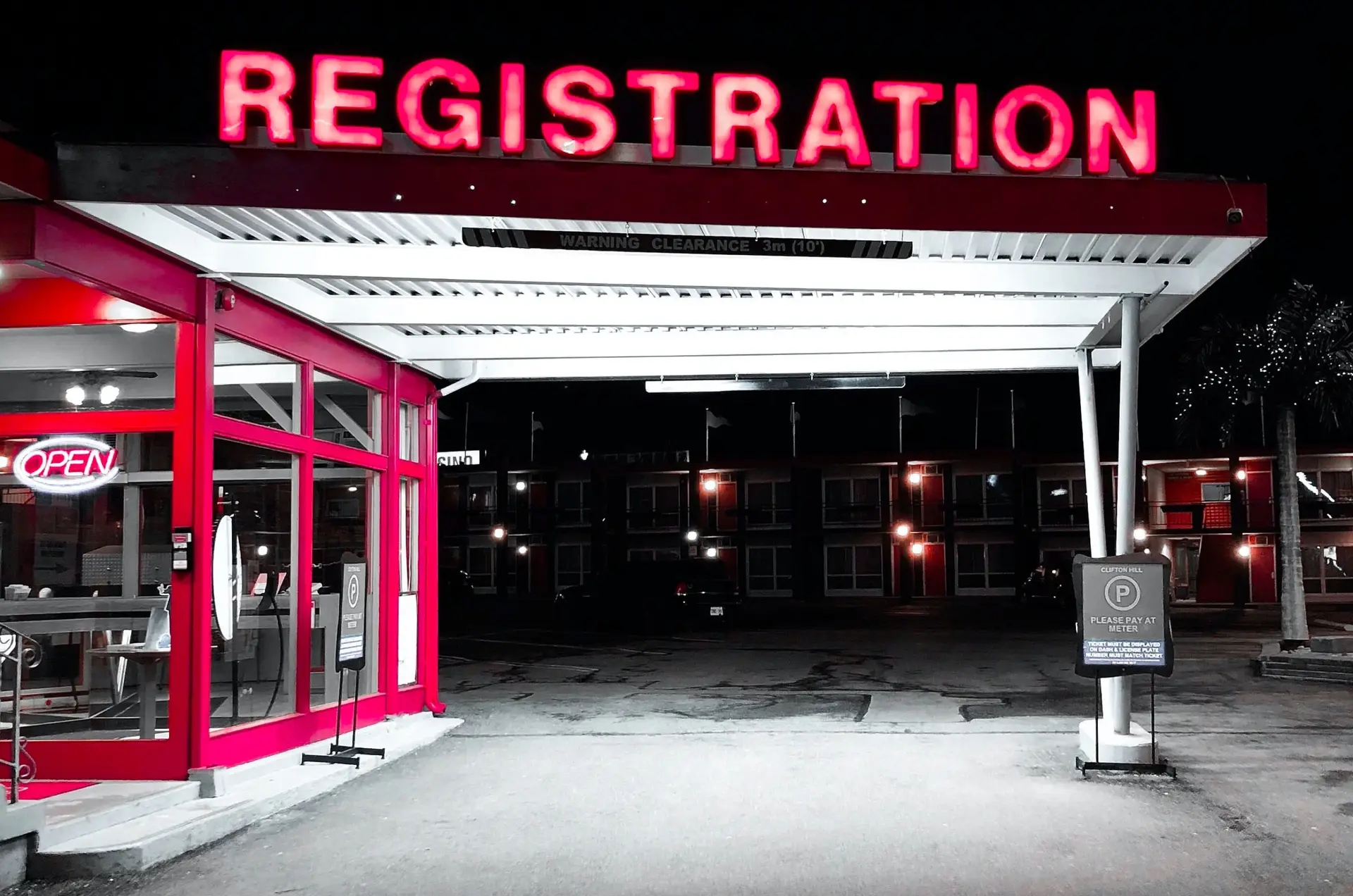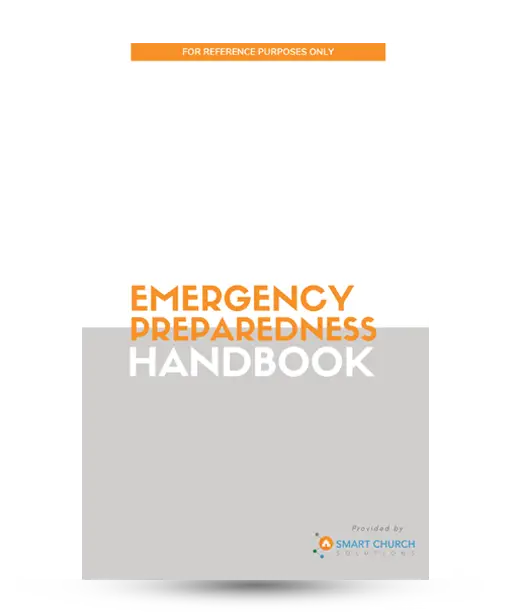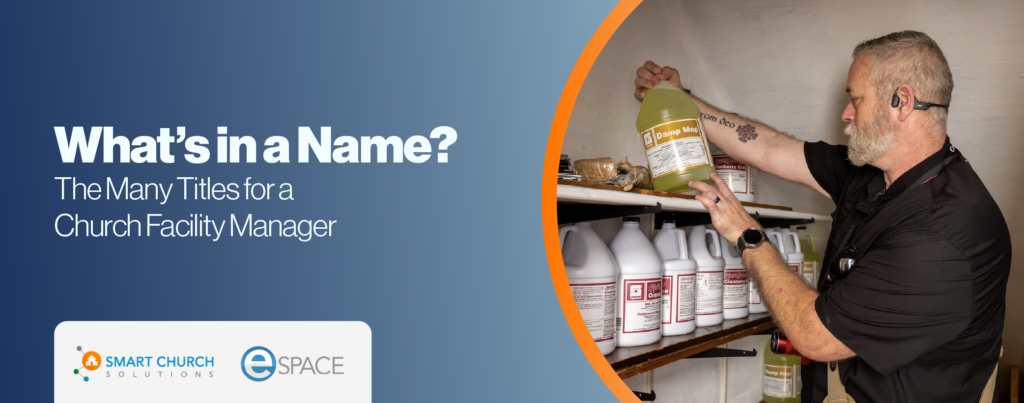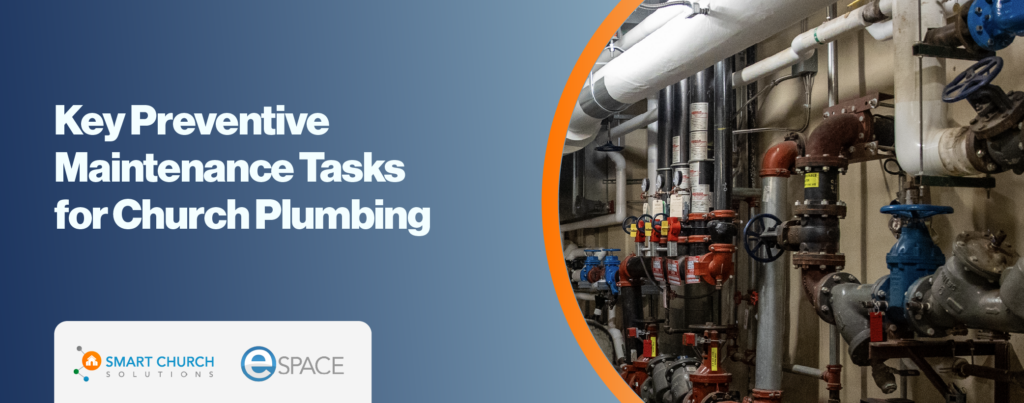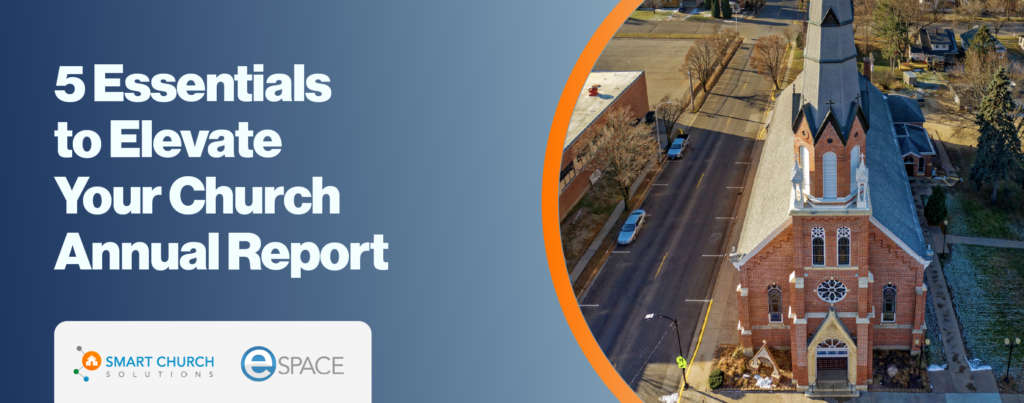If you ever attended a sporting event or concert, you likely paid for a ticket and in some cases obtained a reserved seat for that ticket. You may have even tried to obtain entrance to an event that was full and unable to get a ticket. In that case, you knew not to show up unless you hoped to find a “scalper” who would price gouge you in order for you to gain access.
In this post COVID-19 reopening season we find ourselves in, we see several aspects that are going to impact the number of occupants we will be able to accommodate at any time. These include, but are limited to:
- Limited seating due to physical distancing
- Number of required services due to limited occupancy
- Potential of multiple venues on the campus operating simultaneously…with limited seating in each
These are real considerations. This is the next normal for a season. In light of that, we must make provisions to accommodate our congregation and community. Yes, this feels awkward. Yes, many people will resist. And yes, I hope and pray this is short lived. BUT…the fact remains that in the foreseeable future, the gathered church will look and feel different than it did just 3 months ago. So, we need to be ready. It is the responsibility of every church leader to plan for the above scenarios. The only exceptions are churches that have a limited number of congregants and an overabundance of seats. However, for the rest of us, planning and process is critical.
To that end, one of the major tools many churches are considering, and many have already set in motion, is the use of “event registration” software. For many churches, they already have a Church Management Software (ChMS) that has such a tool. They are already accustomed to having their membership register for Bible studies, Wednesday evening dinners, concerts, and the like.
I would dare to say most have not used these tools for registration for weekend worship. Like I said, this is going to feel awkward.
If this sounds foreign or you think I have just lost my mind, allow me to explain the WHY (or the madness) behind this method.
First…as stated above…you are likely to have less capacity that you are accustomed to. Let me give you an example. One of our clients developed their own physical distancing seating chart for their sanctuary (By the way…they have pews). Their sanctuary typically seats about 600 people. With the reduced seating, they will only be able to accommodate 170 people. That is a reduction of about 72% in capacity. You would have a group of very disappointed people if you did not have multiple services…And did not have a registration process…And had 500 people show up for the first service and only be able to seat 170.
Secondly, you need to know WHO was in your facility at the time of the service. Let’s play out a scenario. Someone attends your service Sunday morning. They then call your church office Wednesday morning to inform you that they now have tested positive for COVID-19. WHAT DO YOU DO?
The prudent and responsible thing to do is to inform those that were in attendance as well. But if you don’t know at least one person from the family that attended, how do you get the word out without doing a mass email that could be received by those that were not in attendance? If you have a registration process, you can identify, at a minimum, those that were supposed to be in attendance. If you take it a step further and actually acknowledge the attendees through the event registration system (i.e. tickets or bar codes), then you will have an even more accurate list of occupants. Yes, you could ask people to sign a “Guest Register” like at a wedding, but that requires them to touch a pen and you have a hope that everyone completes the registration form.
So, the idea of event registration for worship is not so far-fetched. It is practical and, in most cases, the best and right thing to do.
If your ChMS does not offer an event registration, our eSPACE Event Scheduler has an Event Registration module that can do exactly what we have described above. To learn more, check out this VIDEO. You can also visit this page to try eSPACE for free now!
Stay safe…be smart.


